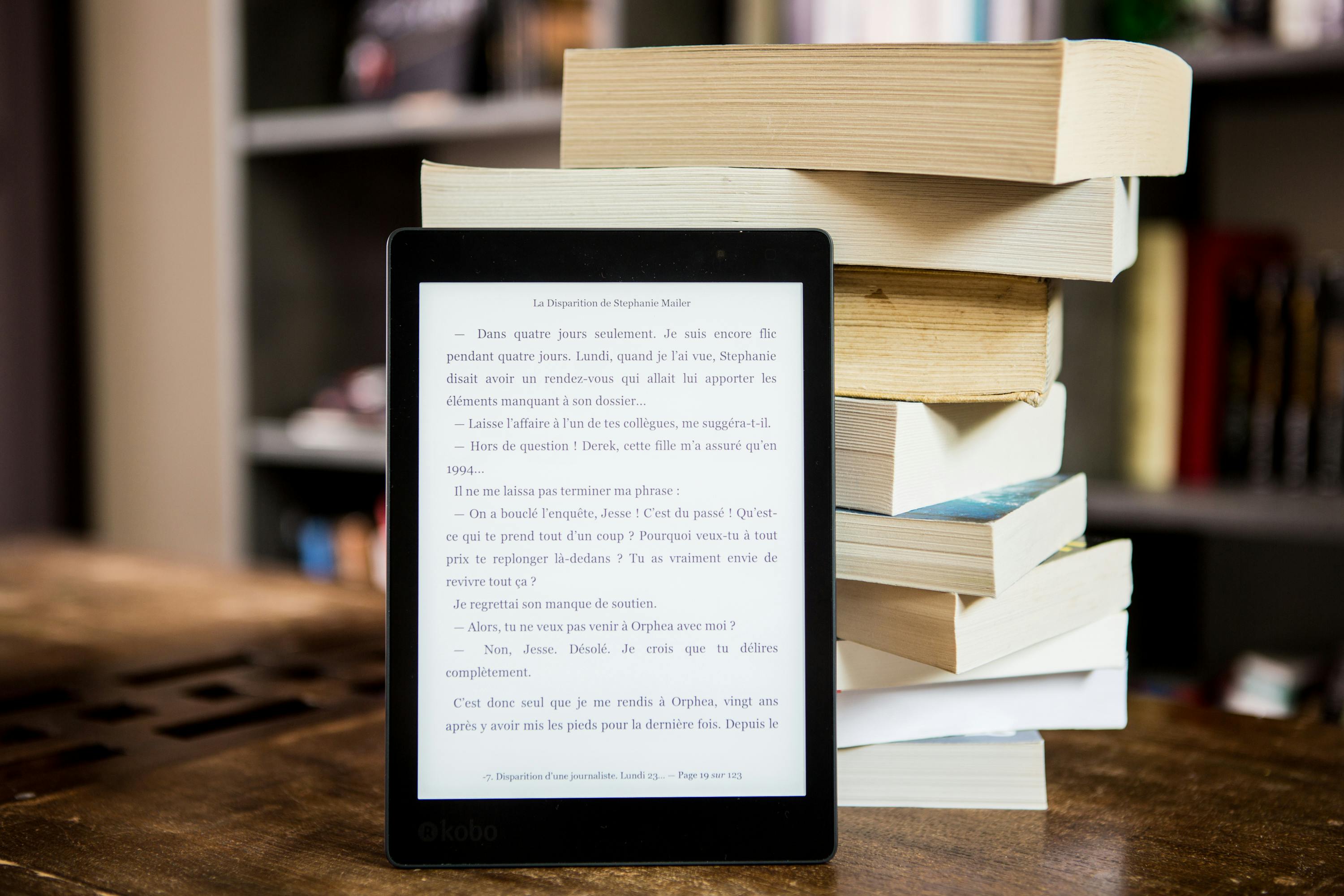Shattering the Silence: The Quiet Power of Pantomime in Modern Entertainment
The art of pantomime, a unique form of silent theatrical performance, has endured for centuries. In the bustle of today's digital age, it's easy to overlook this ancient art form. Yet, pantomime is slowly but surely carving out a niche in modern entertainment, influencing contemporary theater, film, and even comedy. Its quiet power and subtle nuances make pantomime a compelling study in the arts and entertainment industry.

The Silent Echoes of Pantomime
The origins of pantomime date back to ancient Greece and Rome, where performers used exaggerated gestures and movements to portray characters and narrate stories. Over the centuries, pantomime evolved and adapted, reflecting the social, cultural, and artistic changes of each era. Performers like Jean-Gaspard Deburau and Marcel Marceau elevated pantomime to an art form in its own right, demonstrating its expressive power and emotional depth.
Pantomime in the Age of Sound
In today’s world, where sound and dialogue dominate most aspects of entertainment, pantomime offers a refreshing and distinct alternative. Silent movie stars like Charlie Chaplin and Buster Keaton utilized pantomime techniques to great effect, creating timeless, iconic performances that still resonate with audiences today. More recently, performers like Bill Irwin and Rowan Atkinson (famous for his character Mr. Bean) have kept the pantomime tradition alive in modern comedy, using physical humor and body language to tell stories and provoke laughter.
The Contemporary Pantomime Landscape
In the current arts and entertainment landscape, pantomime is experiencing a quiet resurgence. Modern mime artists, like the UK’s Trygve Wakenshaw and Australia’s Dr Brown, are pushing the boundaries of the art form, incorporating elements of clowning, physical comedy, and improvisation. These performers are showcasing pantomime’s versatility and relevance, demonstrating that stories can be powerfully told without uttering a single word.
The Impact and Reception of Modern Pantomime
The reception of modern pantomime is a testament to its enduring appeal. Audiences are drawn to the art form’s simplicity and universality, its ability to transcend language barriers. Pantomime performances have been met with critical acclaim at international arts festivals, and performers are increasingly recognized for their creativity and skill. In a world where words often overwhelm, the quiet power of pantomime resonates.
The Future of Pantomime
The future of pantomime looks promising. As our society becomes more visual and less verbal, the art of silent storytelling will likely gain even more traction. In an industry often criticized for its lack of originality, pantomime offers a fresh, innovative approach to entertainment. Its resurgence is a testament to the cyclical nature of artistic trends and a reminder that sometimes, silence speaks louder than words.
In conclusion, the art of pantomime is quietly asserting its place in the modern entertainment industry. Its historical roots, contemporary applications, and future potential all contribute to its enduring appeal. In a world where noise often drowns out nuance, pantomime’s silent power is more relevant than ever. This ancient art form’s ability to transcend language barriers and communicate universally resonates in our increasingly globalized world. The quiet revolution of pantomime is a reminder of the power of silent expression, proving that in art and entertainment, silence can indeed be golden.





